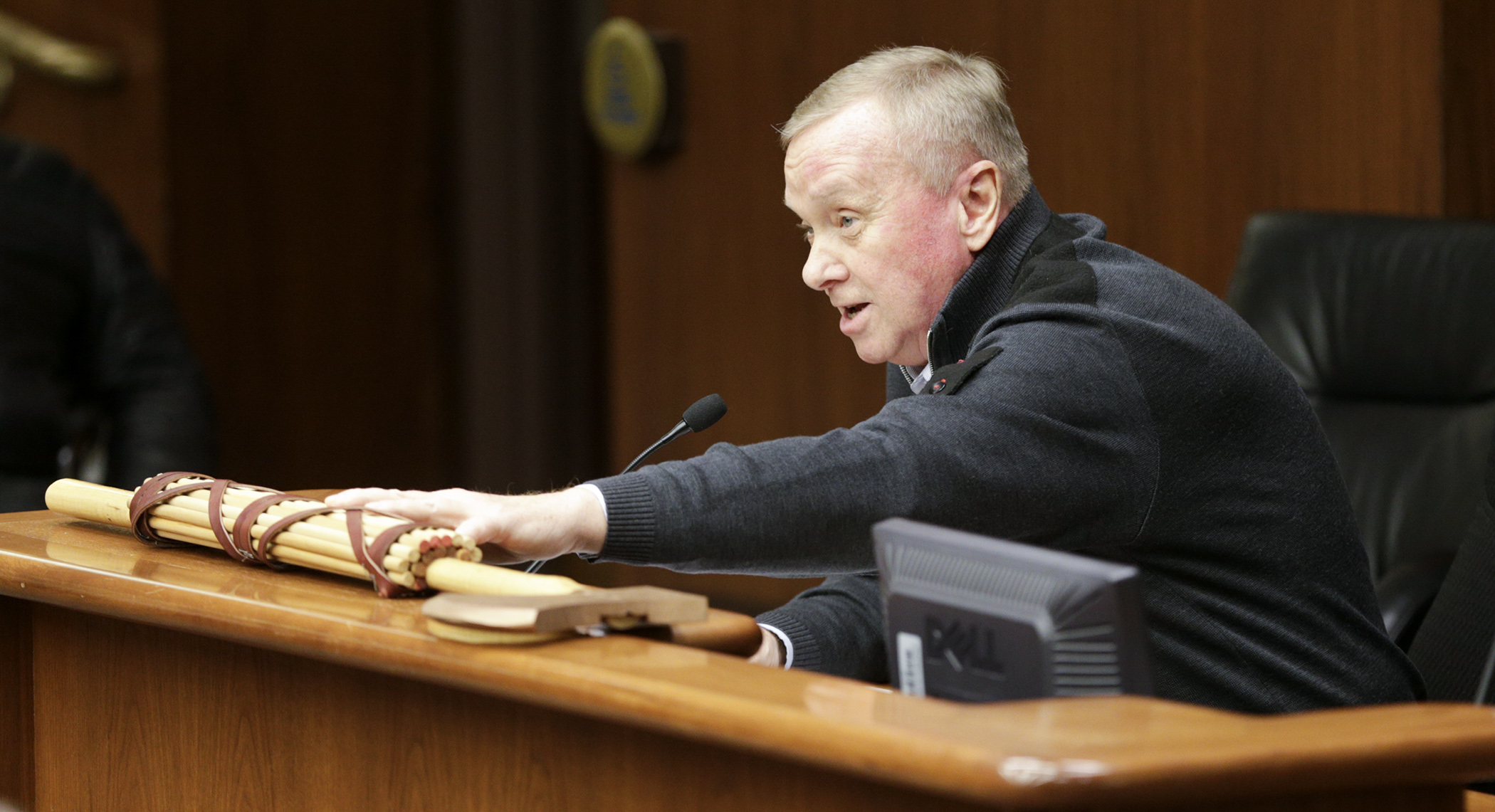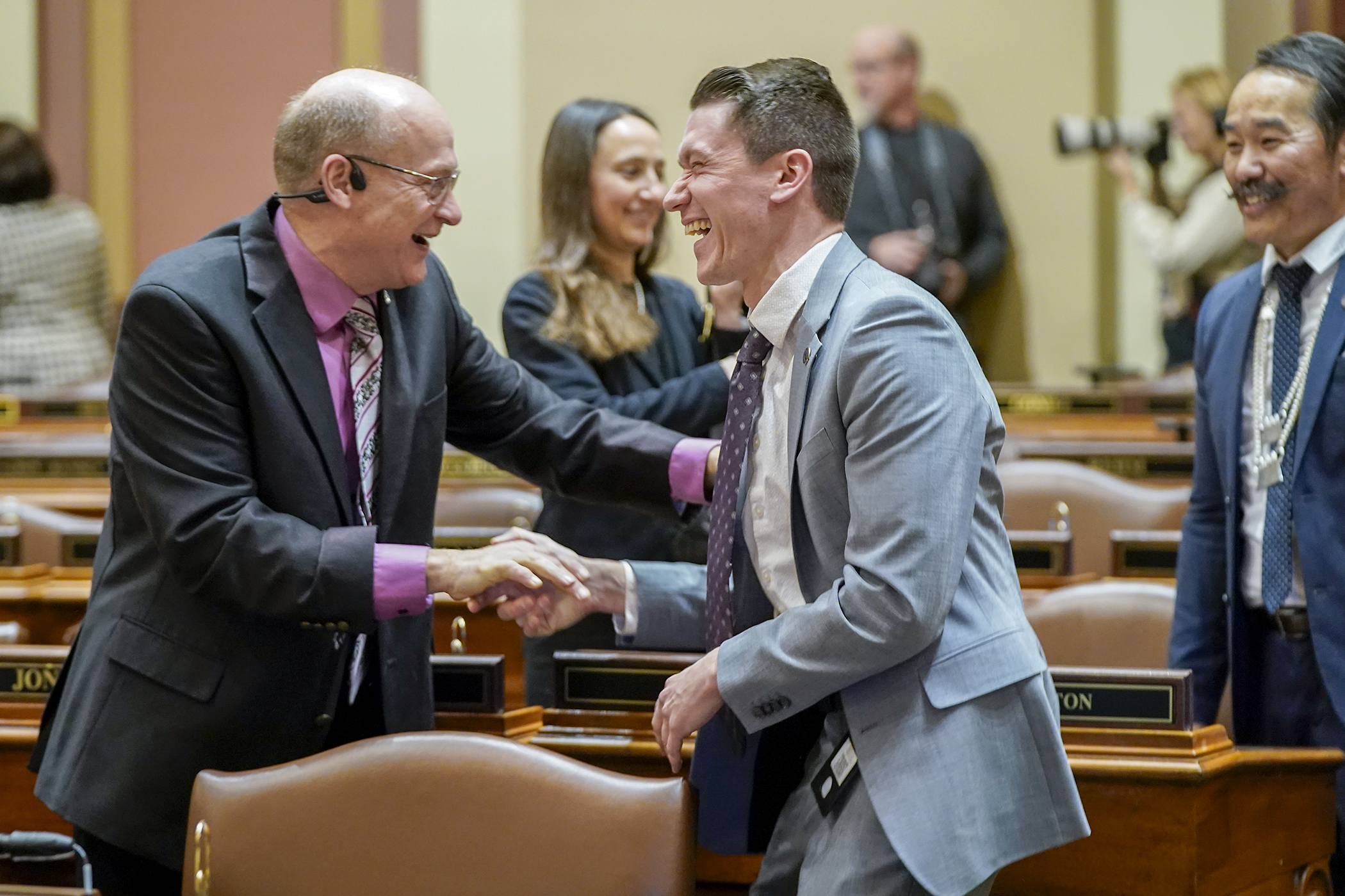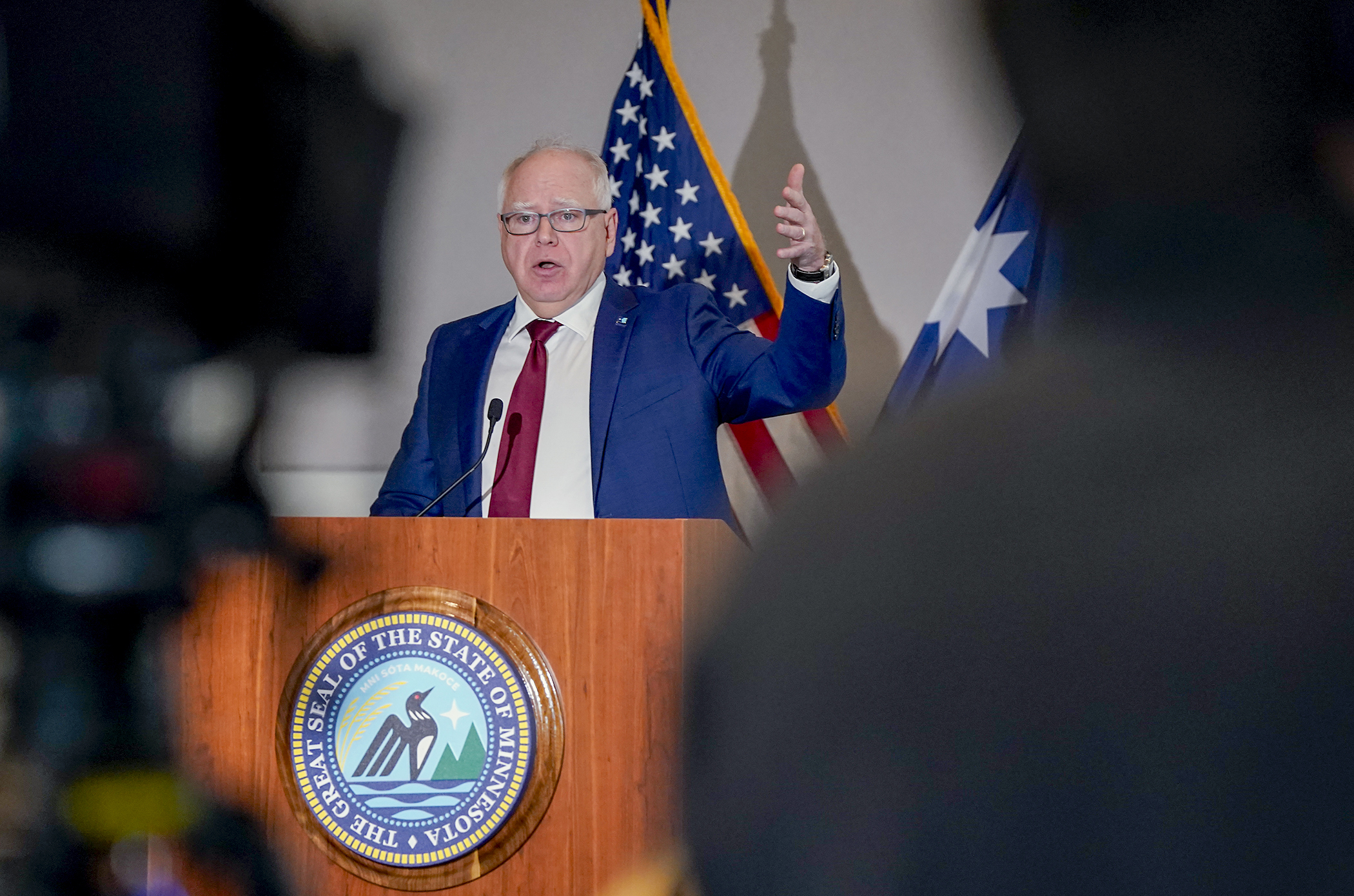How to solve the skilled-workforce shortage? Lawmakers consider going back to the basics

As lawmakers grapple with how best to remedy the state’s skilled worker shortage, there have been plenty of proposals. Many focus on innovative and out-of-the-box approaches. But HF4234, sponsored by Rep. Gene Pelowski Jr. (DFL-Winona), takes aim at the other end of the spectrum – technical classes.
The bill would require Minnesota State to submit a plan to transfer control of its technical colleges to entities in the K-12 system.
It was approved Wednesday by the House Higher Education and Career Readiness Policy and Finance Committee, and now awaits action by the House Education Finance Committee. There is no Senate companion.
“I think the bill is going back to where we once were with vocational colleges, and I think it’s where we need to return to establish skilled learning at the high schools in the state of Minnesota,” Pelowski said.
Vocational classes of the past
Several years ago there were a robust variety of technical classes offered in high schools, however, more recently an emphasis has been placed on standardized test prep, and more math and reading courses were mandated. These filled students’ schedules and, in turn, technical course funding and class offerings were slashed.
“For those of you that have seen the evolution of vocational training in the high schools over the last years, you’ve seen a devolution,” Pelowski said. “It’s been a devolution and you’re almost at a point where all the things that once existed in the high schools no longer exist for hands-on learning.”
This has resulted in a lack of skilled technical workers in the workforce and a generation of students who have been saddled with debt in order to learn the skills they should have been offered in high school, he said.
By bringing these technical programs to students where they’re already learning, or to nearby vocational campuses, Pelowski believes this course can be corrected.
Developing a plan
Before the Minnesota State system became operational in 1995, governance of the technical college system was shared by a State Board of Technical Colleges and local school districts. The school districts managed budgets, set policies and negotiated contracts for the colleges. Under the bill, Minnesota State would need to collaborate with the Department of Education to establish a plan to revert back to a similar set up.
The plan would include which high schools and districts would offer technical programs, address K-12 funding formula changes, facilitate financial aid processing and establish high school’s authority to grant associates degrees.
“When we moved the vocational schools away from the school districts the intent was never to say, ‘Strip the schools of all vocational learning,’ and yet that’s been practically the result of doing this,” Pelowski said. “We need to reform what we’ve done with this system.”
The spirit of the bill was well received by committee members, with Rep. Bud Nornes (R-Fergus Falls), the committee chair, saying “Maybe there is a better way, and maybe it was the old way. I think it’s worth discussing.”
However, members had a variety of technical and logistical questions ranging from whether Minnesota State facilities would be closed to if the K-12 system would face additional expenses.
Rep. Jennifer Schultz (DFL-Duluth) noted that Minnesota currently offers high school students concurrent enrollment opportunities and asked how this plan would be different.
“Are you saying you want to bring those onto the campus of the high school or make it easier for them to enroll in those courses concurrently while they’re high school students?”
Pelowski said he’s open to a variety of options and suggestions, and emphasized that the intent is not to dismantle or downsize the Minnesota State system, but instead find a way to reallocate some of its resources to help high school students.
“That’s the intent, not to close anything, not to have anybody lose a job, and I would hope in the long run we might see the opposite,” he said. “If we had teachers who could move from the high schools to the tech colleges when this was formed, what’s the problem with doing the reverse now?”
Related Articles
Search Session Daily
Advanced Search OptionsPriority Dailies
Full House convenes for first time in 2025, elects Demuth speaker
By Tim Walker DFL, Republicans convene with a quorum for the first time in 2025 session after agreeing to a power-sharing deal.
DFL, Republicans convene with a quorum for the first time in 2025 session after agreeing to a power-sharing deal.
Walz proposes slimmed-down 2026-27 state budget, sales tax changes
By Tim Walker This is an odd-numbered year, and so the Legislature is constitutionally required to craft a budget to fund the state government for the next two fiscal years.
Gov. Tim Walz...
This is an odd-numbered year, and so the Legislature is constitutionally required to craft a budget to fund the state government for the next two fiscal years.
Gov. Tim Walz...